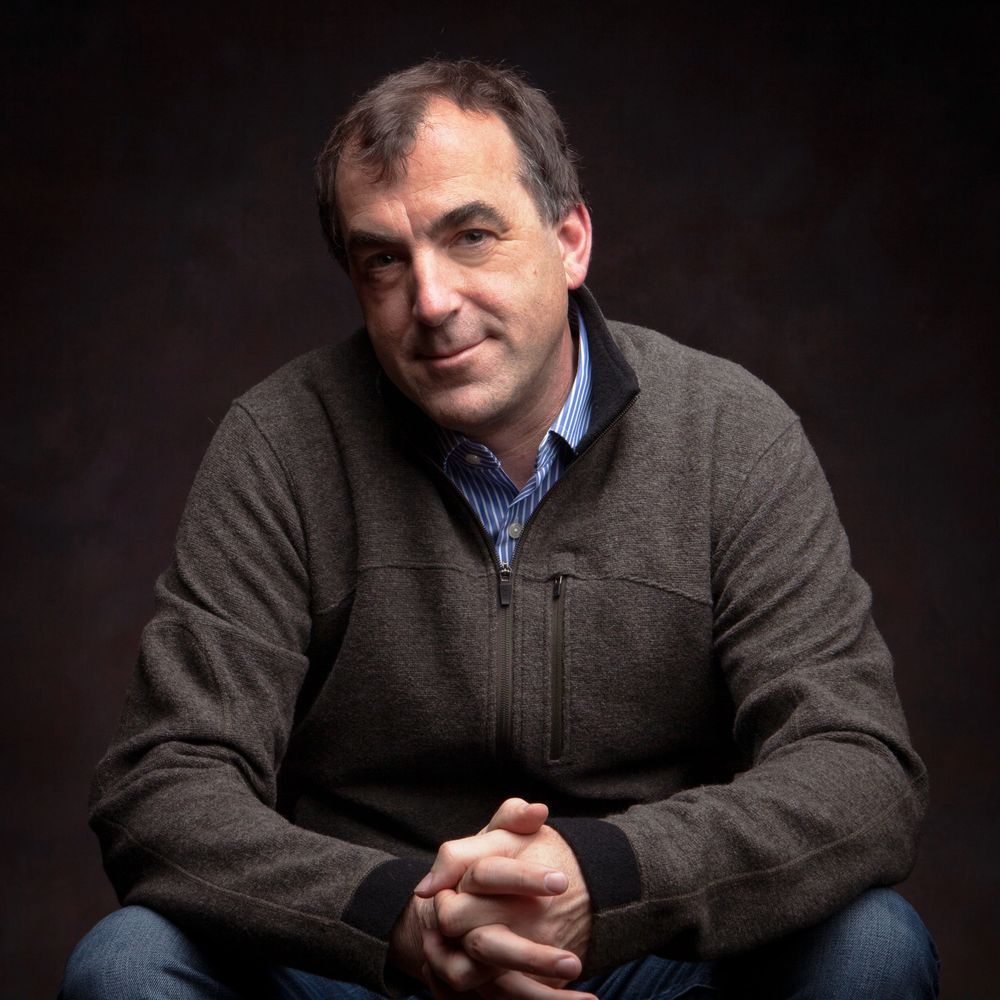

ALEX KERSHAW

BRINGING HISTORY TO LIFE
Educated at Oxford University, Alex Kershaw is the widely-acclaimed, prize-winning, New York Times best-selling author of twelve books, including The Longest Winter, The Bedford Boys, The First Wave, The Liberator and most recently Against All Odds.
Kershaw's next book, Patton's Prayer, will be published on 21 May 2024.
He has been a journalist for over thirty years, having written for The New York Times, The Wall Street Journal, The Financial Times, AARP Magazine, The Guardian and many other newspapers and magazines.
Kershaw is a popular public speaker and designs/leads history tours around the world. He is also the Resident Historian for Friends of The National WWII Memorial and chairs the Colby Award selection committee. He lives in Washington D.C.
His book, Blood and Champagne, is currently being adapted into a tv series. His 2012 book, The Liberator, is now a four part series on Netflix. His books have been translated into over a dozen languages.
Photo: Alex Kershaw on right with Leon Gautier and his daughter in their home in Ouistreham, France. Gautier is the last living French commando to land on D Day, 6 June 1944. He features in Kershaw's 2019 book, The First Wave, a national bestseller. Photo by John Snowdon.
POPULAR PUBLIC SPEAKER.

APPEARANCES
Kershaw is much in demand as an inspirational, motivational speaker who tells gripping true stories about incredible courage, faith, leadership and resilience. He has spoken at dozens of events over the last twenty years, ranging from The Air Force Academy to high schools to corporate conferences.
Kershaw has also led dozens of battlefield tours in Europe for over a decade, for museums, colleges and corporate and private clients.
Please email him to find his availability and costs.
VIDEOS OF APPEARANCES
The First Wave - The National WWII Museum
https://www.c-span.org/video/?466481-5/allied-soldiers-day
Against All Odds - Virginia Museum of History
https://www.youtube.com/watch?v=xxXiXaxFmAU
The Liberator - National Defense University
https://www.youtube.com/watch?v=An9ld0hsHLM
The Longest Winter - Army and Navy Club
DESCRIPTION OF TALKS
The Liberator
Alex Kershaw tells one of the most inspiring stories in US history, recounting the remarkable battlefield journey of maverick U.S. Army officer Felix Sparks through the Allied liberation of Europe—from the first landing in Italy to the final death throes of the Third Reich.
Against All Odds
Alex Kershaw tells the true story of four of the most decorated soldiers in US history, from the deserts of North Africa to the dark heart of Nazi Germany.
The First Wave
In time for the eightieth anniversary of D Day, Kershaw recounts the incredibly inspiring story of the key warriors who landed first on D Day and led the way to victory in WWII.
Patton’s Prayer
Kershaw recounts a profoundly moving story of General George Patton, and of courage, deep faith and victory over evil in WWII.
The Longest Winter
Kershaw recounts the amazing true story of the most decorated US platoon of WWII.
RECENT PRAISE
Amy and Navy Club - Against All Odds. 20 December 2023.
Thank you so much for joining us last night. It was a wonderful evening and we already received many compliments on your presentation. We sold out of books and even the staff mentioned your great presentation. Dinner discussion was perfect.
St. Albans School DC – The Liberator. 14 December 2023.
The visit was fantastic. When the class met this morning, I asked the students about Alex's talk and the feedback was unanimously positive. In fact, I later got this email from one of the girls: "I thought that Alex Kershaw’s talk was so moving. I was debriefing with my dad and it truly brought tears to my eyes talking about what we saw. I think it was a mix of the images and the stories and the way he presented it. It was an incredible experience."
St. John's Island private club – The Liberator. 8 December 2023.
Wanted to thank you for organizing Alex's visit with us; he was a "hit"! People's comments ranged from tearful, to impressed, loved his passion, his expertise and the fact that he was reaching out doing all this work at high schools. The majority of the questions we rec'd were about his work at schools. At least 30 people have reached out to me directly in the past few days to thank me for bringing Alex to John's Island plus all the people that night that commented on how terrific he was. You could have heard a pin drop during his presentation, and to underscore his impact, we went over time to 6:10, which we NEVER do, h/e couldn't pull away from the conversation and NO ONE left before we concluded....a testament to Alex. Thank you, thank you...our Members loved him and his expertise, it was a successful evening for The Five O'clock Hour (and me-whew), thanks to Alex
Spring Island private club – Against All Odds. 2 December 2023.
Many thanks for coming to Spring Island to tell your stories and share your insights. It was spectacular. Many members are calling it one of the best Trust Talks we have ever had.

LATEST PROJECT
NEW BOOK - PATTON'S PRAYER - 21 MAY 2024
My next book, Patton's Prayer, will be published on 21 May 2024. Please pre-order here: https://www.penguinrandomhouse.com/books/652044/pattons-prayer-by-alex-kershaw/
Photo Gallery





























ALEX KERSHAW'S BLOG
As resident historian for Friends of the National WWII Memorial I produce a monthly exclusive essay. Please find the link here.
https://alexkershaw.substack.com?utm_source=navbar&utm_medium=web&r=a3i9f
Subscribe
Sign up to hear from us about specials, sales, and events.